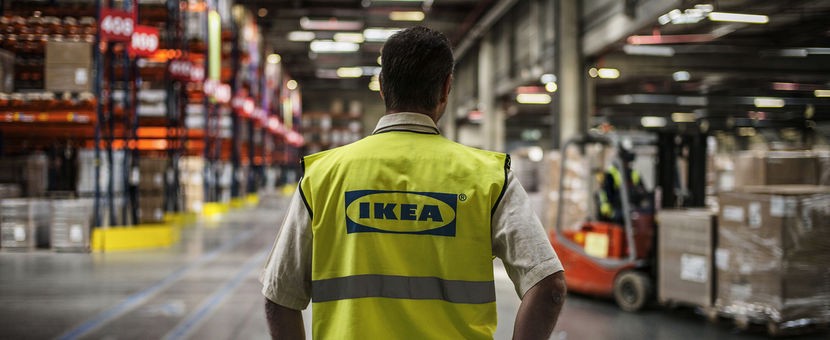A recent supply chain technology survey, hosted by Adante SCM, and BlueJay Solution this year, found that 80% of retailers, manufacturers and logistic providers are confident that they are “innovators” or “early adopters" of innovative supply chain technology.
High levels of confidence in the areas of technological adoption indicate a positive step towards acceptance of supply chain technology- implementation at scale.
“The report found that innovators and early adopters of technology were most likely to rank delivering an enhanced customer experience as the top factor in driving supply chain innovation within their organization. Creating a competitive advantage ranked second, and reducing costs was the least important of the three” (SpendMatters 2018).
These three focuses, when adopting innovative technologies/being early adopters, make supply chain professionals' motives rather transparent; customer first, competition second, costs third.
Interestingly enough, these focuses for supply chain excellence shifted within the organizations that considered themselves behind the ball within technological adoption/implementation. “Only 51.2% of late adopters reported defining and measuring customer experience” (Spend Matters 2018).
Does focus on customer experience, and the overall innovativeness of an organization, have some kind of correlation?
Maybe so, but there is no definitive answer as to why this would be the case. Early adopters of technology have attributes that point towards being high performing companies, because they're eager to enhance their means for better performance. In verticals like retail, manufacturing and logistics, customer experience leads to satisfaction and increased top-line/brand value. Organizations that are focusing on implementing technological innovations, to put their customer first, have understood a key characteristic of supply chain technology: Supply chain technology is the link between people and collaboration at scale. On a similar note, read more about 7 common signs of excellent procurement teams.
Warehouse Management Solutions (WMS) was one of the main focus areas for innovators to create competitive edge with automation solutions, robotics and placed mobile devices. Of those surveyed, “20% of all respondents ranked “outdated IT systems” as the single biggest barrier to innovation within their organization, and the percentage was even higher among late adopters and average/below average performing companies” (SpendMatters 2018).
Technological innovation in SCM isn’t solely limited to beefing up on logistics excellence. Procurement and sourcing teams, too, benefit from early adoption. Reliance upon solutions such as Microsoft Excel, for data collection, storing and visualization is a move towards the non-scalable end of the innovation spectrum. As global supply chain networks continue to grow more complex, it’s important to adopt solutions/platforms that can function at scale, with agility and can account for volume and speed.
Are 80% of global retailers, manufacturers and logistic providers really “innovators”? No, probably not. But, as Steve Jobs once said, “Innovation distinguishes between a leader and a follower”. These organizations are conveying leadership in their industry, by ensuring their technological toolbox is plentiful.
Are you?











